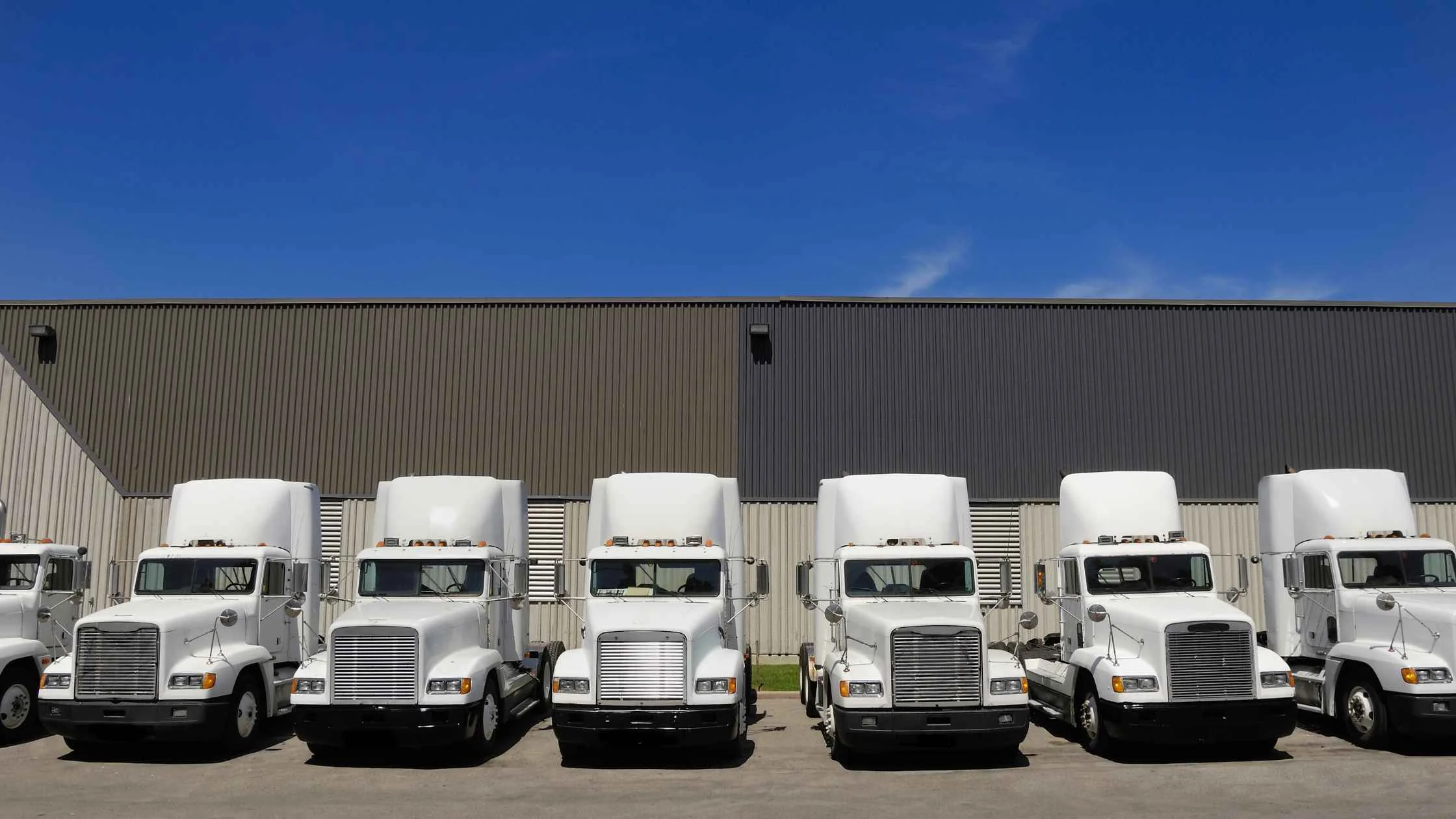Fleet asset tracking is a powerful solution that allows businesses to monitor and manage their vehicles and equipment efficiently. By leveraging real-time data on location, performance, and usage, companies can enhance productivity, cut costs, improve security, and deliver better service to customers. Understanding the core components and benefits of fleet tracking systems is essential for any business looking to optimize its operations in today’s fast-paced environment. In industries like logistics, transportation, and construction, managing assets effectively is critical. Tight deadlines, rising operational costs, and the need for improved customer service make it necessary for companies to have a reliable way to track and manage their fleets. A robust fleet asset tracking system provides real-time insights that help businesses stay competitive, make smarter decisions, and operate more efficiently. Asset tracking and management systems play a vital role in streamlining business operations. They allow companies to monitor and maintain their equipment, vehicles, and inventory, which leads to fewer disruptions, lower expenses, and better resource planning. With these systems, businesses can reduce downtime by scheduling regular maintenance, prevent unnecessary purchases, and ensure that all assets are being used to their full potential. Additionally, they offer greater visibility into asset movement, which improves decision-making and overall efficiency. A typical fleet asset tracking system consists of three main parts: hardware, software, and connectivity. Here's how each component contributes: This integration helps fleet managers gain valuable insights into vehicle health, driver behavior, and operational efficiency, enabling them to make informed decisions that drive success. There are numerous advantages to implementing a fleet asset tracking system. Let’s explore some of the key benefits that can transform your business operations: Real-time tracking gives you full visibility into where your assets are and what they're doing. This reduces the risk of theft, ensures optimal utilization, and makes it easier to allocate resources based on actual needs. Tracking systems act as a deterrent against theft and unauthorized use. In case of a security breach, alerts can be sent immediately, helping you respond quickly and protect your valuable assets. By monitoring fuel consumption, route efficiency, and maintenance schedules, businesses can significantly reduce operating costs. Tracking also helps avoid unexpected breakdowns and lowers insurance premiums in some cases. Data from asset tracking systems enables better route planning, reduced idle time, and optimized use of resources. This leads to faster deliveries, lower expenses, and higher customer satisfaction. Proactive monitoring helps identify potential issues before they become major problems. This reduces downtime and extends the lifespan of your vehicles and equipment. Many industries require strict compliance with regulations. Fleet tracking systems help ensure that vehicles and drivers follow legal standards, promoting safety and accountability. With access to detailed analytics, businesses can make smarter, more informed choices about fleet expansion, staffing, and operational improvements. Transparency and reliability are key in today’s market. Real-time updates and improved service quality lead to stronger customer relationships and long-term loyalty. Several platforms offer comprehensive fleet tracking solutions. Some popular options include Verizon Connect, Geotab, Samsara, Teletrac Navman, and KeepTruckin. Each offers unique features tailored to different industry needs. If you're looking for a reliable way to manage your fleet’s fuel expenses, consider P-Fleet’s commercial fuel cards. These cards provide real-time transaction monitoring, detailed reporting, and access to a large network of discounted fuel stations. With Level III data, you can track every purchase, including location, fuel amount, and vehicle details, helping you keep better control over your fleet’s spending. Fleet asset tracking is no longer just a luxury—it's a necessity for businesses that rely on efficient transportation and logistics. It empowers companies to operate smarter, save money, and deliver better service. As technology continues to evolve, so too will the capabilities of these systems, making them even more essential for modern fleet management. Whether you're running a small delivery company or a large-scale logistics operation, investing in a fleet tracking solution is a smart move toward long-term success. Read the Definitive Guide to Truck Fleet Management → Optical Store Design,Optical Shop Remodeling,Eyewear Shop Design,Eyeglass Shop Design,Glasses Store Design Optical Shop Solution Provider , https://www.cwjdisplay.com hbspt.cta._relativeUrls=true;hbspt.cta.load(1738947, '27c773c7-567e-44ba-b216-2b035f8a0a44', {"useNewLoader":"true","region":"na1"});
hbspt.cta._relativeUrls=true;hbspt.cta.load(1738947, '27c773c7-567e-44ba-b216-2b035f8a0a44', {"useNewLoader":"true","region":"na1"}); 
Why is Fleet and Asset Management Important?
How Do Asset Tracking Systems Help Business Operations?
How Does Vehicle Asset Management Work?
Benefits of Fleet Asset Tracking
Enhanced Visibility
Improved Security
Cost Savings
Increased Efficiency
Better Maintenance Planning
Compliance and Accountability
Data-Driven Decisions
Customer Satisfaction
Popular Fleet Asset Management Systems
Conclusion